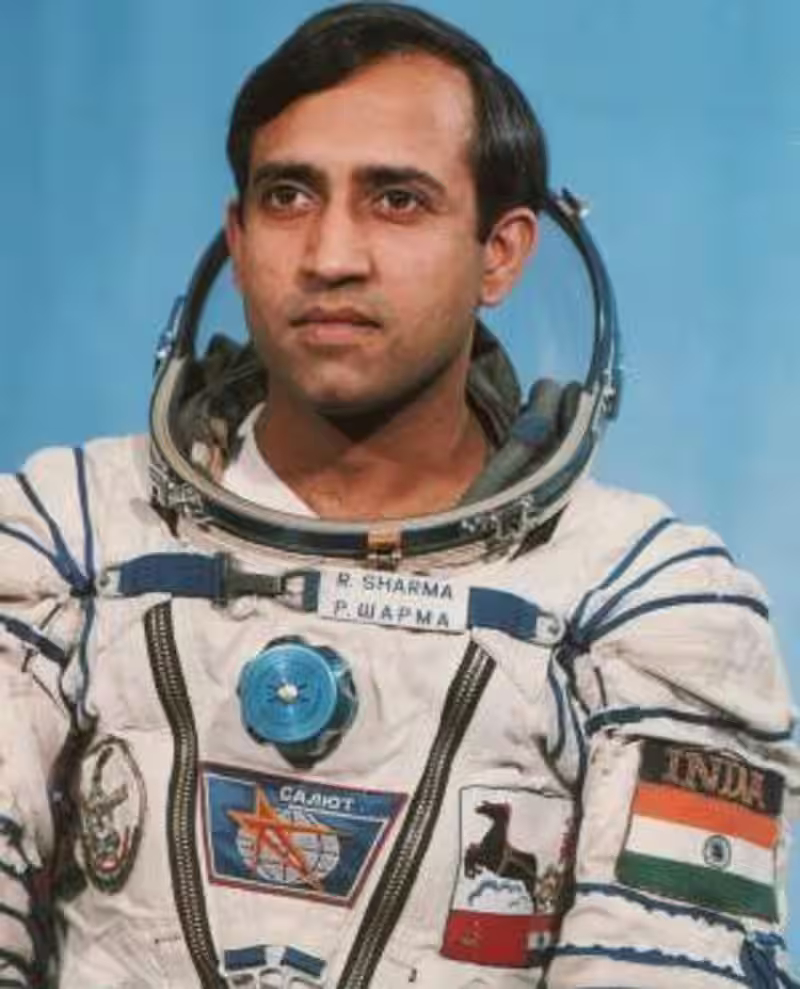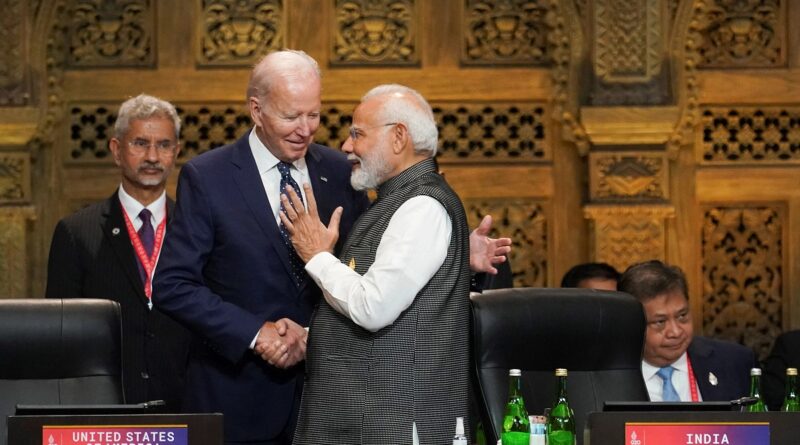FROM NAM TO MULTI-ALIGNED
From NAM to multi-aligned
Amit Agnihotri considers how India has been able to adroitly balance ties with arch rivals the US and Russia, and strengthen its bilateral relationship with each
India’s foreign policy has witnessed a slow but certain transformation from being non-aligned during the 1950s to multi-aligned in 2023 when the South Asian major managed close ties with both the US and Russia, arch-rivals on the global scene.
In the early 1950s, India had just gained independence from 200 years of British rule and was trying to get its geopolitical formulations right. An equidistant approach from both the US and the then Soviet Union, which basically meant being non-aligned, suited New Delhi.
Seventy years on, New Delhi actively engages with the two world powers whose renewed rivalry has challenged the seven decades-old UN-based global order and brought to the fore demands for its overhaul.
Over the past few years, New Delhi has been demanding that the permanent membership of the powerful UN Security Council be expanded beyond the mandated five (the US, UK, China, Russia and France) to include the world’s emerging economies and give the international body a contemporary look in sync with geopolitical realities.
The recent visit to Washington DC by India’s Prime Minister Narendra Modi saw a deepening of India-US relations, which have been on an upswing for the past two decades. Several crucial pacts related to cooperation in areas including security, technology and space were signed during Mr Modi’s trip.
The bonhomie between PM Modi – who addressed the US Congress – and US President Joe Biden showed that Washington is now determined to cement its relationship with the South Asian major, having put earlier suspicion over India-Russia ties behind it.

A few months ago, the US publicly expressed its displeasure over India buying large quantities of discounted crude oil from Russia, which had been slapped with harsh economic sanctions by the West for invading Ukraine in February 2022.
The US and its European allies were also miffed by India’s abstention during a crucial UNSC vote to condemn Russian President Vladimir Putin for his military misadventure in Ukraine.
Since the Eurasian conflict started, India batted for Kyiv’s sovereignty but did not publicly offend Putin, who, as a goodwill gesture, sent his foreign minister Sergei Lavrov to discuss further cooperation with New Delhi.
New Delhi has been demanding that the permanent membership of the powerful UN Security Council be expanded beyond the mandated five
Despite India’s preference for its old relations with Russia, the US chose to embrace New Delhi to serve Washington’s larger objective of having an effective Asian counter to China.
For the same reason, the US inducted India into the anti-China Quad grouping in 2020 to keep the strategic Indo-Pacific region free.
The Ukraine war diverted Washington’s focus towards old rival Russia but President Biden had taken note of the emerging China-Russia axis and did not want to lose India.
The best part of the foreign policy transformation has been that, while actively engaging with both the US and Russia, India has been able to project itself as an economic and strategic partner of the two world powers, rather than an ally.
This unique diplomatic positioning provides a rare opportunity for New Delhi to pursue its interests and ambitions without ruffling feathers in either Washington or Moscow, both of which still carry a lot of influence around the world.
In 1971, Russia stood by India during the War of Independence in Bangladesh (then East Pakistan) when the US threatened New Delhi by sending its Seventh Fleet to the Indian Ocean.
The US was miffed by India’s abstention during a crucial UNSC vote to condemn Putin’s military misadventure in Ukraine
Moscow has also been a partner in New Delhi’s space program since the 1980s, sending the first Indian astronaut, Rakesh Sharma, into space aboard Soyuz T11 in 1984.
Russia has trained four Indian astronauts for New Delhi’s first ever manned space flight Gaganyaan, although Moscow has said it is not willing to continue with the US-led International Space Station after 2024.
For its part, the US is keen to explore new frontiers in space with India. Recently, a pact was signed between NASA and ISRO to develop a strategic framework for human spaceflight cooperation by the end of this year.
Further, NASA will train Indian astronauts for the joint mission to the ISS in 2024. The two countries also look forward to the launch of the NASA-ISRO Synthetic Aperture Radar satellite launch from India next year.
A US deal for jet engines is in place and another big ticket $3 billion drone deal invited sharp reactions from China over any likely third-party impact.
The recent deals might be a US way of reducing India’s dependence on Russia, which continues to supply around 50 per cent of New Delhi’s defense inventory.

In December 2021, Russian President Vladmir Putin visited New Delhi to finalise defence deals worth $5 billion, including the S-400 advanced missile defence systems, aimed at deterring China.
A miffed Biden administration had threatened to impose sanctions against India but eventually better sense prevailed in the White House and the differences were ironed out.
While India’s friendship with Russia allows New Delhi to keep the Asian Dragon in check, Moscow is also helpful due to its influence over the Taliban, who have ruled Afghanistan since the 2021 US withdrawal.
Although the above-mentioned events show that India has been able to handle both the US and Russia with ease, New Delhi’s association with Beijing has not been smooth sailing.
In fact, relations between India and China are currently at a historic low and have assumed a confrontational tone since Beijing deliberately violated the Line of Actual Control in eastern Ladakh, the de facto border, in April 2020.
Unfortunately, China continues to talk peace but has hardly taken concrete steps to reduce tensions on the border.
For its part, India has kept the lines of communication with Beijing open but at the same time matched the Asian Dragon’s aggression on the border.
The White House is extending heavy military support to Ukraine in a bid to counter Russian aggression but still the latest the US-India joint statement articulated the reasons why Washington believes in greater synergy between the world’s most powerful and most populous democracies.
‘The US-India Comprehensive Global and Strategic Partnership is anchored in a new level of trust and mutual understanding and enriched by the warm bonds of family and friendship that inextricably link our countries together. Our cooperation will serve the global good as we work through a range of multilateral and regional groupings – particularly the Quad – to contribute toward a free, open, inclusive, and resilient Indo-Pacific. No corner of human enterprise is untouched by the partnership between our two great countries, which spans the seas to the stars,’ the joint statement said.
Amit Agnihotri is a Delhi-based journalist who has worked with several national newspapers and focuses on politics and policy issues

